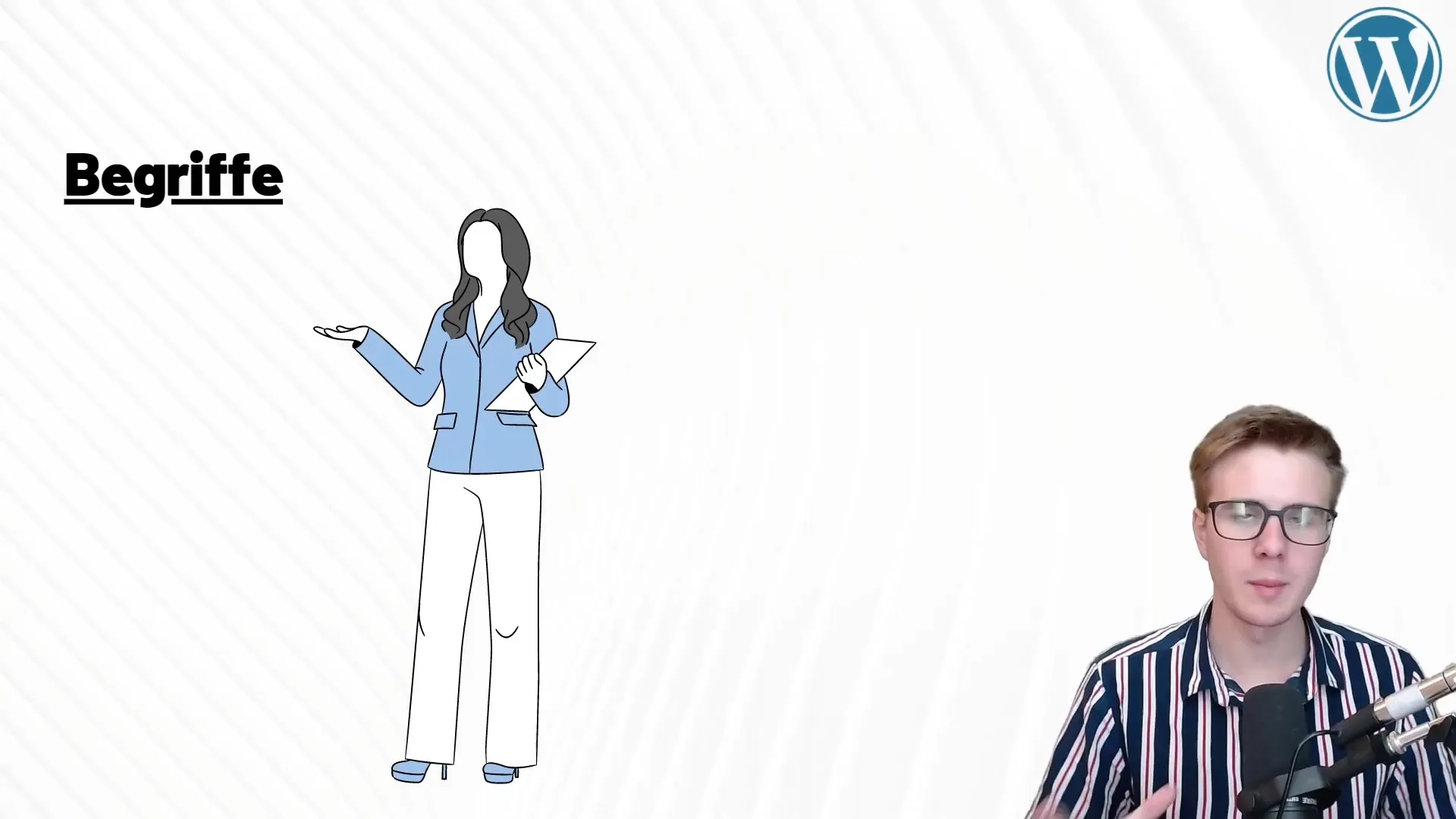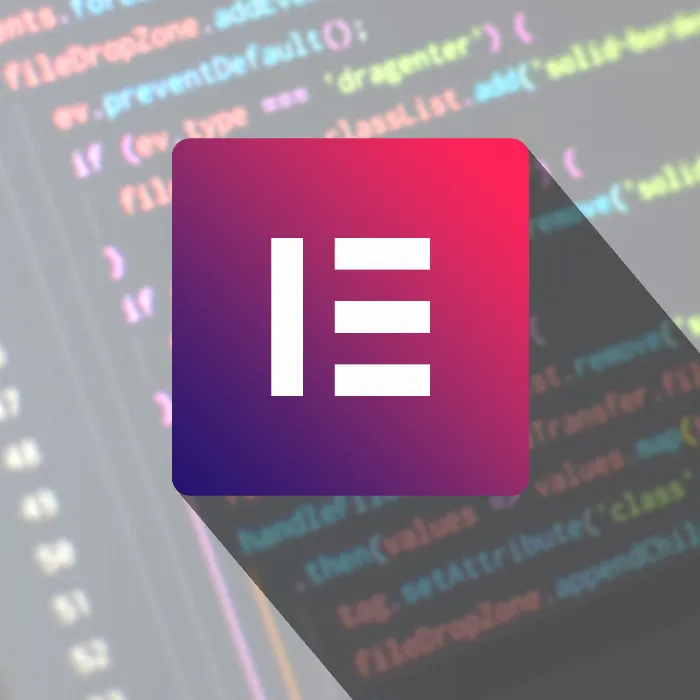WordPress is one of the most popular platforms for web development. To have full control over your website, it is essential to understand the basic terms. In this guide, I will explain some of the key terms that you will encounter as you familiarize yourself with WordPress and Elementor. These definitions are not only important for beginners but also useful for refreshing your existing knowledge.
Key Insights
- Frontend and Backend: Different perspectives on your website
- Dashboard: Workspace for administrators
- Widgets: Individual elements for designing your page
- Themes: Templates for the design of your website
- Plugins: Extensions for additional functions
- Permalinks: Structured links for your pages
Step-by-Step Guide
1. Understanding the Frontend
The frontend is the visible part of your website – what visitors see when they access your page. It includes all design elements, texts, and functions that are crucial for the user experience. For example, on a page like zalando.de, you see the entire design and navigation that are important for the user.

2. Recognizing the Backend
In contrast, the backend is the workspace for developers and administrators. Here you can make settings, implement changes, and manage your website. Only you as the administrator have access to the backend, while visitors only see the frontend. The backend contains settings, plugins, and the dashboard that are necessary for managing your website.
3. The Dashboard as a Workspace
The dashboard is the central workspace in WordPress. Here you get an overview of everything that is running on your website. You can update, install new plugins, change themes, and make a variety of settings. You can think of the dashboard as a bulletin board where you can view and organize information.
4. Widgets and Their Importance
Widgets are individual elements that you can place on your frontend. Each widget serves a specific purpose, for example, a button, which can be integrated into your layout via drag & drop. In the backend, you can specify what happens when users click on a widget. You can also make changes to the design, such as adjusting the size or color of a button.
5. Choosing Themes
A theme is a design template that controls the appearance of your website. With a well-chosen theme, you can give your website a clear structure and an appealing design from the start. Ocean WP is a commonly used and versatile theme that provides an excellent foundation.
6. Utilizing Plugins
Plugins are extensions that add additional functions to your WordPress site. They allow, for example, the integration of contact forms, spam protection, newsletter functions, and much more. With plugins, you can significantly enhance the functionality of your website and customize it to your needs.
7. Understanding Permalinks
Permalinks are the static links to your pages and posts. They structure the access to your content. An example of a permalink might be "tobitalk.at/impressum," which leads directly to your impressum page. The goal is for these links to remain constant and provide a clear structure for navigation.
Summary – Basic Knowledge of WordPress and Elementor
This guide gave you an overview of some basic terms that are important in WordPress. You learned what the frontend and backend are, how the dashboard works, the roles of widgets and themes, and why permalinks are important for a structured website. With this knowledge, you are well-prepared to work effectively with WordPress and design your website according to your ideas.
Frequently Asked Questions
How does the frontend differ from the backend?Frontend is the visible part of your website for visitors, while the backend is the workspace for administrators.
What is the dashboard in WordPress?The dashboard is the central workspace that provides an overview of all website activities.
What are widgets in WordPress?Widgets are individual elements that you can insert into your website to provide various functions.
Why are themes important?Themes give your website a consistent design and help maintain a consistent layout.
What are plugins?Plugins are extensions that expand the functionality of your WordPress site.
What are permalinks?Permalinks are established links on your website that enable structured navigation.


